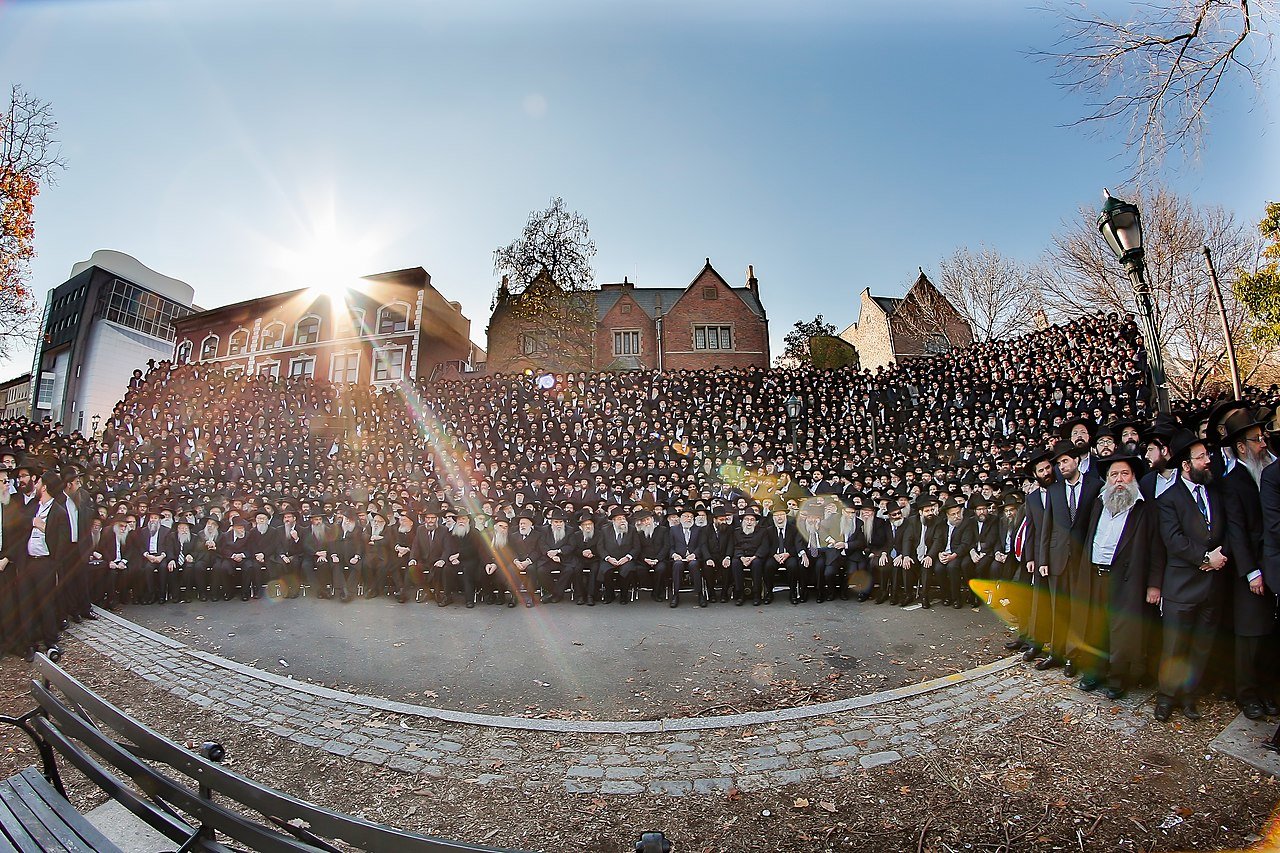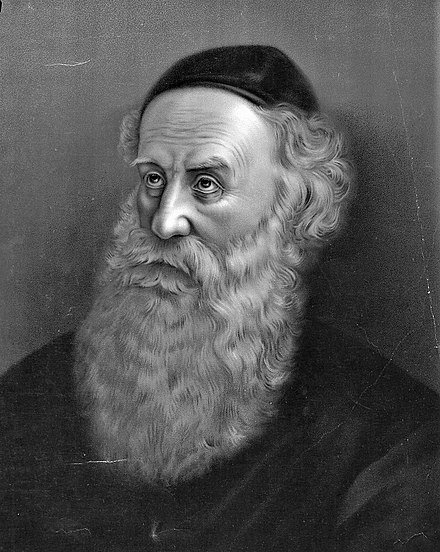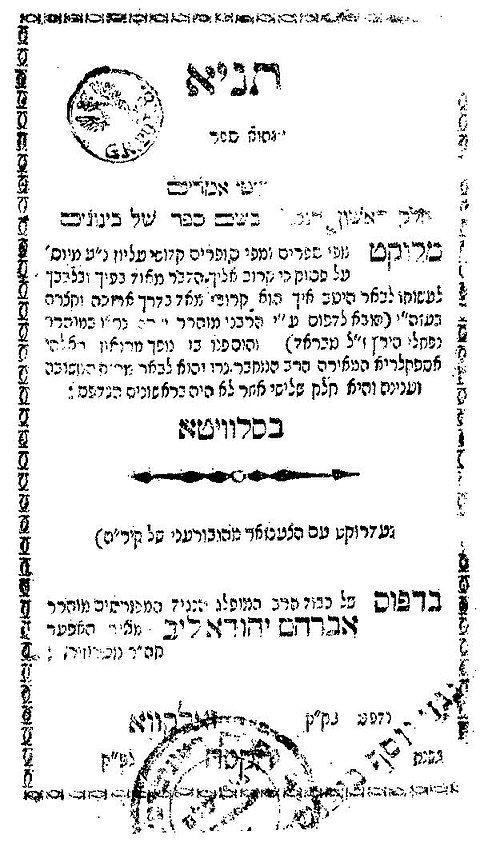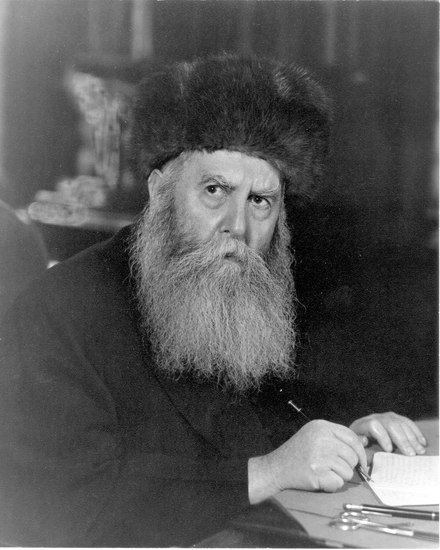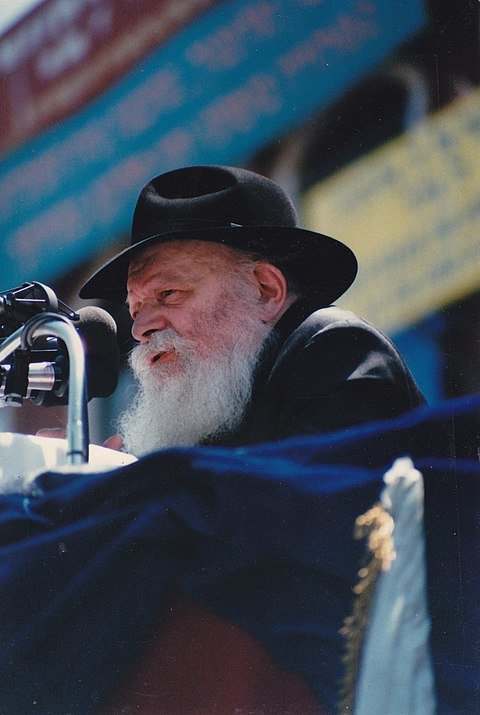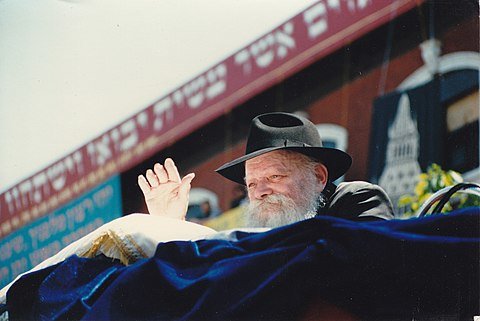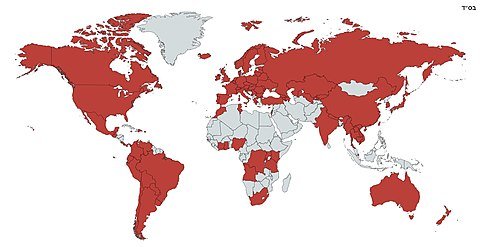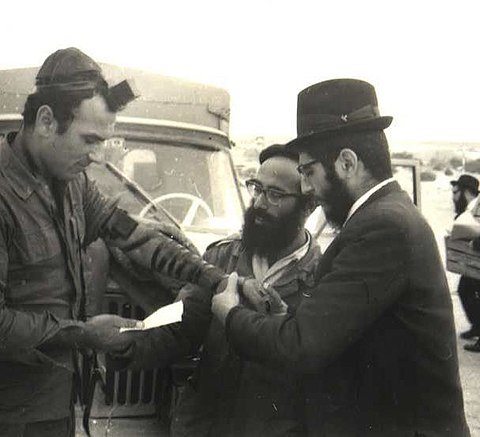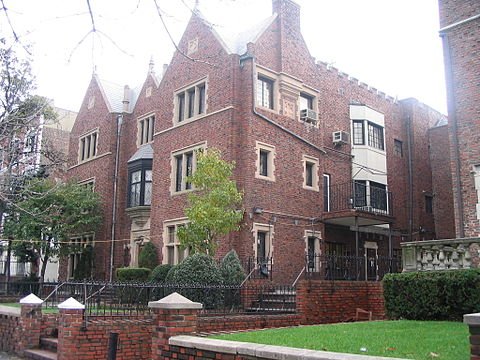Chabad Chassidus
Chabad Chassidus represents a unique blend of intellectualism, deep faith, and devotion, with a strong emphasis on understanding and contemplation as essential components of religious life. Its influence has extended far beyond its origins in Eastern Europe, making it a significant force in contemporary Jewish thought and practice.
Chabad Chassidus, also known by its acronym "Chabad," is a Chassidic movement with roots tracing back to the late 18th century in Eastern Europe, founded by Rabbi Shneur Zalman of Liadi. In the year 1812 (corresponding to the Hebrew year 5573), his son, Rabbi Dovber Schneuri, moved to the town of Lubavitch, from which most Chabad Rebbes, or leaders, are known.
The name "Chabad" itself is derived from the Hebrew initials representing "Chochmah" (wisdom), "Binah" (understanding), and "Da'at" (knowledge), which are considered the three cognitive faculties that make up the process of thought and understanding. Chabad places a strong emphasis on intellectualism as the foundation of religious faith.
Chabad Chassidus has had a profound influence on Eastern European Judaism, primarily in the regions that now comprise Belarus. The seventh and final Rebbe, Rabbi Menachem Mendel Schneerson, significantly expanded the mission of his emissaries to disseminate Jewish values among the broader Jewish community.
Concurrently, he emphasized the importance of faith in the imminent arrival of the Messiah, with many of his followers believing that he was the Messiah himself, and some even refusing to accept his passing in 1994. The question of the extent to which one should engage with his messianic role has caused divisions within Chabad, as it has been led without an official Rebbe since then.
The exact number of Chabad members is difficult to ascertain due to the challenge of distinguishing between those deeply embedded in the inner circle and those who are considered close associates. According to telephone directories and Chabad organization lists worldwide, there were approximately 16,800 Chabad households in 2016.
A significant percentage of American Jews, approximately 38%, participate in Chabad activities, whether regularly or sporadically, according to research conducted by the Pew Research Center in 2020.
Faith and "Chochmah, Binah, and Da'at"
The Chabad Chassidic approach maintains that while belief in the Creator is the cornerstone of a Jew's life, faith must be grounded in intellectual understanding. Mere abstract faith is insufficient for sustaining one's commitment and must be complemented by profound comprehension. Emotions alone, which can be fleeting and unreliable, are inadequate as a basis for Jewish life.
Such emotions may even be considered "illusory," and anything built upon them may ultimately deteriorate. Therefore, according to Chabad, true Jewish life is founded on deep intellectual understanding through the study of Chassidic teachings.
In Chabad's view, religious emotions (love of God and fear of Him) become stable and enduring when based on intellectual insight and contemplation, primarily occurring during prayer. The goal is to achieve complete control over one's thoughts, speech, and actions, directing them solely for the sake of Heaven.
Chabad underscores the need for "hitbonenut," contemplation, which comes after deep study and inquiry. This technique aims to internalize concepts and, in the second stage, evoke the appropriate emotions. For instance, contemplating the greatness of God should generate feelings of love and fear of Him. Reflecting on the inherent value of every Jew should cultivate love for every fellow Jew. Pondering God's individual providence over every detail of existence should inspire joy in the heart.
The Role of the Rebbe in Chabad
Unlike some Chassidic traditions where the primary responsibility for serving God lies with the Rebbe, in Chabad, the emphasis is on each individual's obligation to learn and understand matters of divinity.
Chabad acknowledges the Rebbe's central role as the source of inspiration and vitality for the community, but it maintains that the righteous individual cannot exempt others from their duty to independently study and comprehend the divine aspects of Judaism. Some early Chassidic figures, like Rabbi Shlomo of Karlin, questioned this approach, arguing that it deviated from traditional Chassidic teachings.
However, Chabad founder Rabbi Shneur Zalman countered that his path represented the complete synthesis between personal attachment to the Rebbe and the individual's responsibility to learn and understand divinity.
Nonetheless, even within Chabad, the Rebbe occupies a central place, and Chassidim aspire to be "connected" to him. This spiritual attachment is referred to as "his-kashrut," and it is typically maintained through studying the Rebbe's teachings and following his directives. Many Chassidim refrain from making significant life decisions without seeking the Rebbe's advice and receiving his blessing. Chassidim consider every object they receive from the Rebbe as sacred, and some even preserve the dollar bills they receive in the Rebbe's distribution as a memento.
The Universality of Divinity
Chabad's philosophy is deeply rooted in Kabbalistic thought, viewing all aspects of reality and phenomena in the world as expressions of the divine power, "Ein Od Milvado" (There is nothing but Him). Even negative aspects in the world are seen as serving the purpose of promoting holiness by prompting individuals to exert extra effort to overcome them. Consequently, Chabad maintains an open and inclusive approach to the world, believing that the entire world is meant to serve holiness. Following this perspective, Chabad emissaries are dispersed throughout the world, striving to "sanctify" it through the dissemination of Torah, commandments, and the study of Chassidus.
According to Chabad Chassidus, the work of Chassidim can be categorized into two main areas:
1. "Kabbalat Ol," the acceptance of the yoke, and "Bitul," nullification, especially when reason does not align with faith. This is about "self-effacement" to make room for the Creator and fulfill His will.
2. "His-kashrut," connection, with the Rebbe, is a fundamental concept in Chabad. The Rebbe is seen as the spiritual guide, and his teachings are regarded as the ideal path for a Jew, differentiating from the higher level of the "Tzadik," who is considered beyond the reach of the average Jew.
The "Tanya," authored by Rabbi Shneur Zalman of Liadi, is the foundational text of Chabad Chassidus and one of the core texts of Chassidic literature in general. It was first published in 1796 in Slavuta, Ukraine, by its author and founder of Chabad Chassidus.
The "Tanya" provides guidance for a life of service to God based on emotional and intellectual devotion. It is the first work to systematically articulate Chassidic principles, and it has had a profound influence not only within Chabad but also in other Chassidic circles. However, it also sparked controversy, especially within Chabad itself, due to its intellectual and philosophical nature.
Within the "Tanya," distinctions are made between the "Tzadik" (righteous), the "Rasha" (wicked), and the "Benoni" (intermediate), with the latter being the ideal model for an ordinary Jew, different from the "Tzadik" who is considered beyond reach for most.
- חסידות חב"ד – ויקיפדיהhe.wikipedia.org
- בית חב"ד – ויקיפדיהhe.wikipedia.org
- נשי ובנות חב"ד – ויקיפדיהhe.wikipedia.org
- צבאות השם – ויקיפדיהhe.wikipedia.org
